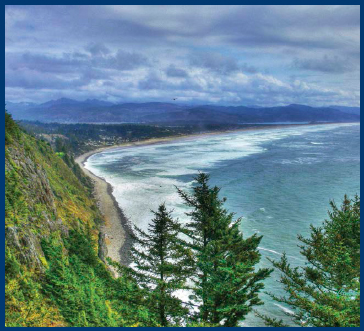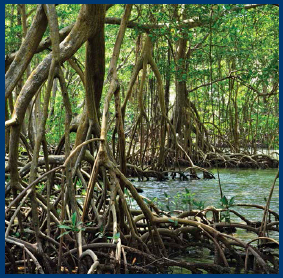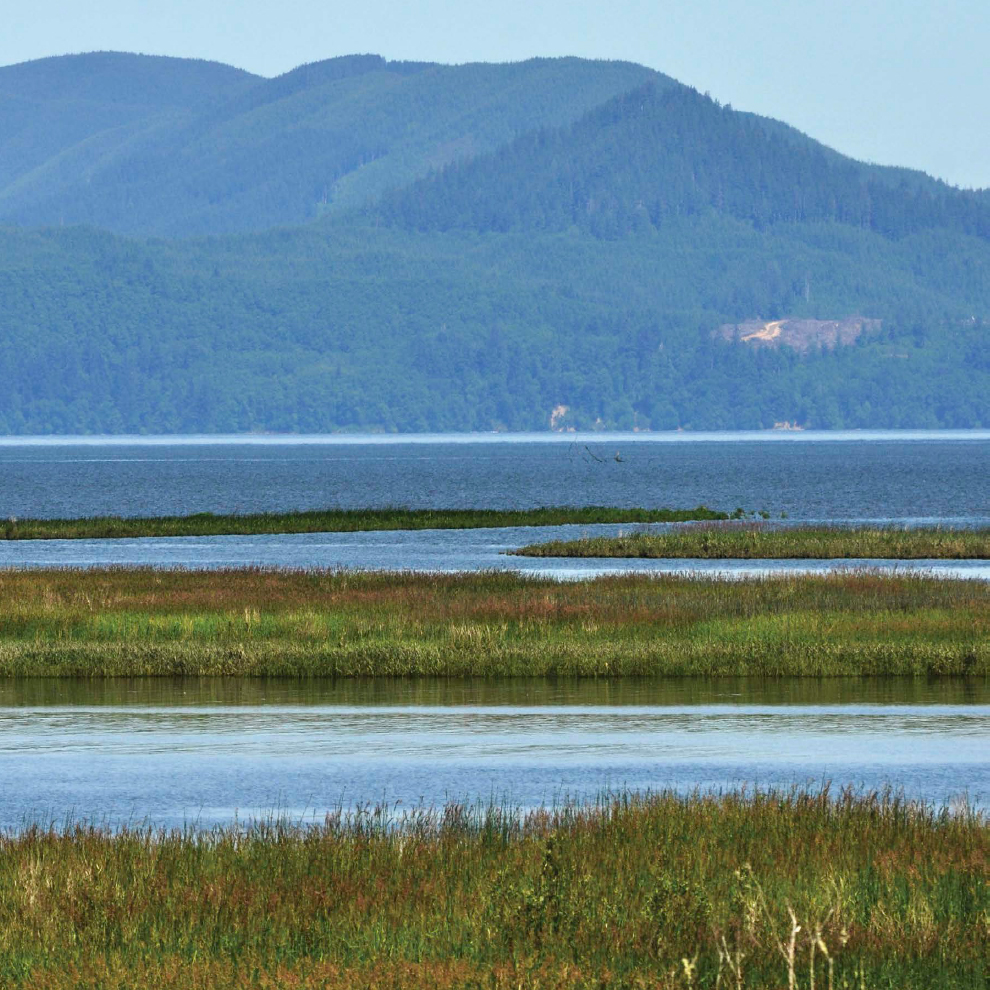Published in 2018 by Cavendish Square Publishing, LLC
243 5th Avenue, Suite 136, New York, NY 10016
Copyright 2018 by Cavendish Square Publishing, LLC
First Edition
No part of this publication may be reproduced, stored in a retrieval system, or transmitted in any form or by any meanselectronic, mechanical, photocopying, recording, or otherwisewithout the prior permission of the copyright owner. Request for permission should be addressed to Permissions, Cavendish Square Publishing, 243 5th Avenue, Suite 136, New York, NY 10016.
Tel (877) 980-4450; fax (877) 980-4454.
Website: cavendishsq.com
This publication represents the opinions and views of the author based on his or her personal experience, knowledge, and research. The information in this book serves as a general guide only. The author and publisher have used their best efforts in preparing this book and disclaim liability rising directly or indirectly from the use and application of this book.
CPSIA Compliance Information: Batch #CS17CSQ
All websites were available and accurate when this book was sent to press.
Library of Congress Cataloging-in-Publication Data
Names: Peterson, Christy, author.
Title: 24 hours in a salt marsh / Christy Peterson.
Other titles: Twenty-four hours in a salt marsh
Description: New York : Cavendish Square Publishing, [2018] | Series: A day in an ecosystem | Includes bibliographical references and index.
Identifiers: LCCN 2016048265 (print) | LCCN 2016051381 (ebook) | ISBN 9781502624796 (library bound) | ISBN 9781502624765 (E-book)
Subjects: LCSH: Salt marsh ecology--Juvenile literature. | Salt marshes--Juvenile literature.
Classification: LCC QH541.5.S24 P48 2017 (print) | LCC QH541.5.S24 (ebook) |
DDC 577.69--dc23
LC record available at HYPERLINK https://lccn.loc.gov/2016048265 https://lccn.loc.gov/2016048265
Editorial Director: David McNamara
Editor: Fletcher Doyle
Copy Editor: Rebecca Rohan
Associate Art Director: Amy Greenan
Designer: Stephanie Flecha
Production Coordinator: Karol Szymczuk
Photo Research: J8 Media
Printed in the United States of America
THE morning sun peeks over the mountains and lights the tops of tall evergreen trees behind you. You watch as light spills over the land and across the bay. A bright blue kingfisher hovers over shallow water near the shore. It dives, headfirst, and pops back up with a small fish in its bill. Three cormorants roost nearby. They hold their wings out to dry in the rising sun.
The ground beneath your feet is slippery mud. You smell salt in the air and hear gulls calling. But no waves roar in from the ocean. Instead, the water laps gently against the shore. You are standing in a salt marsh on Nehalem Bay, Oregon, on the Pacific Ocean.
Salt marshes are a kind of wetland . A wetland is land that is soaked or flooded with water. Most wetlands are under water for weeks or even months at a time. Salt marshes are different. They flood and empty with salt water as ocean tides rise and fall. Some parts of a salt marsh are under water twice a day at high tide and dry again at low tide. Other areas only fill with water during the highest tidesperhaps a few times a month or sometimes just once or twice a year.
 The sun rises over the salt marshes on Nehalem Bay.
The sun rises over the salt marshes on Nehalem Bay.
Nehalem Bay lies on the Oregon Coast.
Salt marshes take root near quiet, protected water. There are no crashing waves to wash away soil and plants. Often salt marshes form where wide, lazy rivers meet the ocean. Others are found where islands offshore protect the coast from the pounding surf. The salt marshes on Nehalem Bay are protected from the waves by a strip of land that stretches out between the bay and the Pacific Ocean.
Salt marshes can be found around the world. Some are as tiny as a backyard. Others stretch for miles and miles along the shore. Some have warm, pleasant summers and rainy, cool winters. Others shift from sweltering summers to icy winters and back again.
No matter the size or the weather, salt marshes are home to many species of plants and animals. In fact, salt marshes can support as much life as rich farmland. In some salt marshes, you might see a tall, pink, roseate spoonbill wading at the waters edge. In others, you might see a floating alligator or a shy bear. Salt marshes are home to fish and turtles, hawks and crabseven sharks.
The salt marsh you are about to explore is a thin strip of land between Nehalem Bay and a dense, evergreen forest. The bay is surrounded on three sides by land, which protects it from the ocean waves. Mud flats stretch out between the marsh and the water. Grasses and other plants fill the marsh. Pale gray driftwood, pushed ashore by the water, is scattered over the ground. The noisy honk of a great blue heron fills the air.
Mud and grass, logs and herons, all the living and nonliving things you see around you make up the salt marsh ecosystem . What life will you discover here? Grab your mud boots and watch your step. Its time to find out.
In tropical areas, mangrove swamps grow along quiet shorelines.
WHERE IN THE WORLD?
Two regions in the world do not have salt marshes. In tropical areas near the equator, mangrove swamps grow in quiet, protected coastal areas. Unlike salt marsh plants, mangrove trees cannot survive freezing temperatures. You also will not find salt marshes in Antarctica. The weather there is too harsh for salt marsh species.
THE salt marshes on Nehalem Bay average around 75 inches (191 centimeters) of rain per year. During todays adventure, though, you can pack away your raincoat. Pull on a hat and sunglasses. It is September, and the cool autumn rains have not begun.
It is always a good idea to bring a friend when you explore. The most important thing in a salt marsh is to keep an eye on the tide. See it creeping up higher and higher? It fills the bay like a giant bathtub.
Life in a salt marsh depends on these tides. Twice a day, every day, water seeps over the marshs muddy banks and up long, narrow channels .
Suddenly, it stops. Slowly, the water creeps back again. It sinks lower and lower until there are wide, muddy flats between the water and the marsh plants.

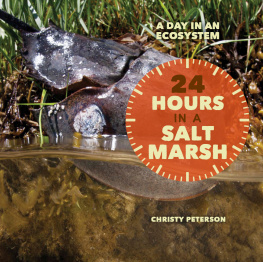

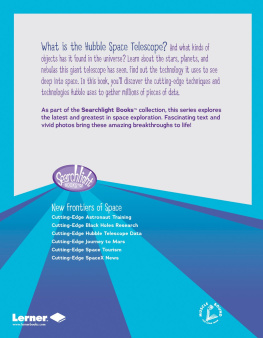
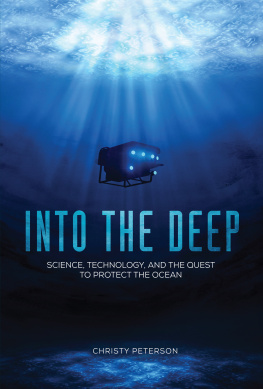

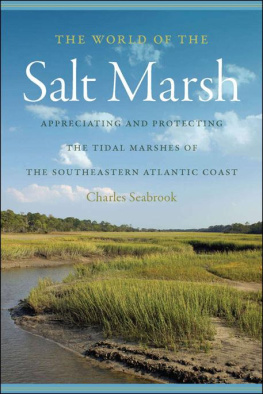




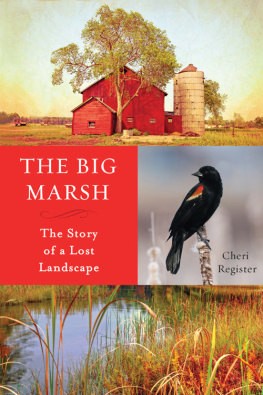



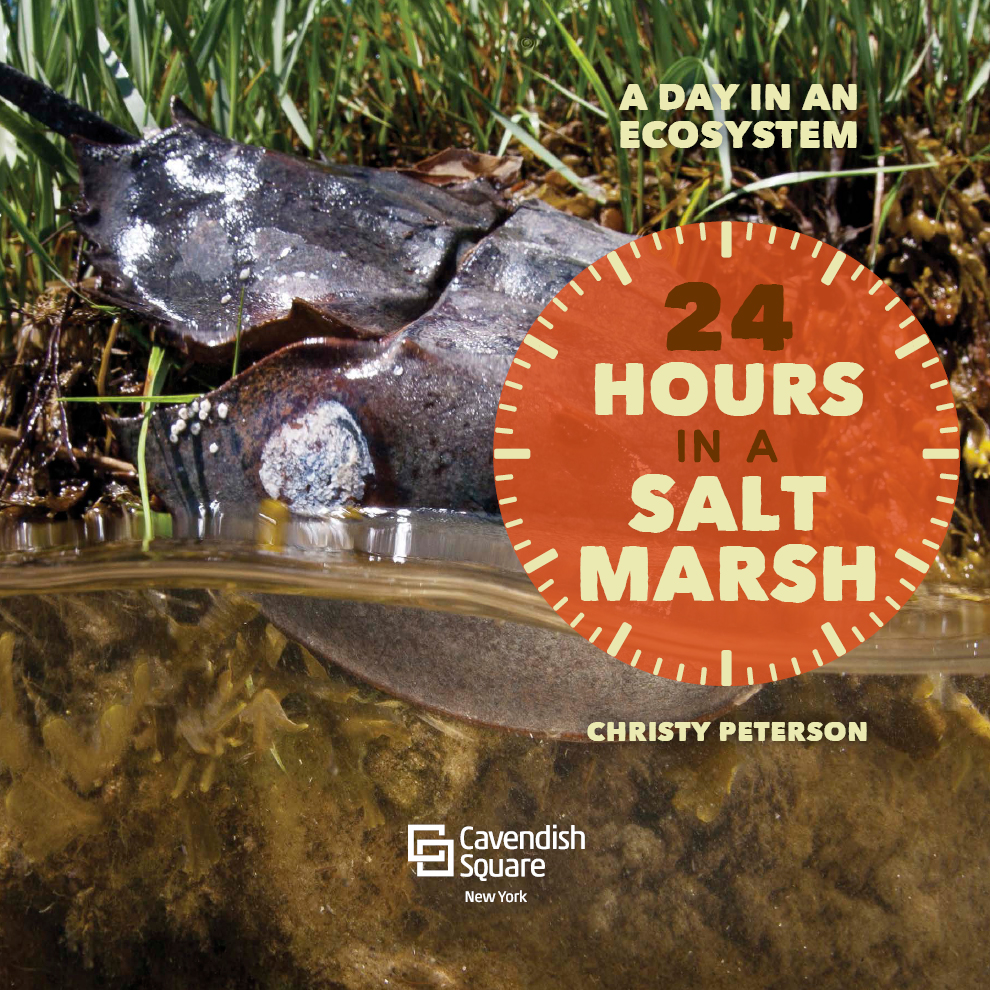
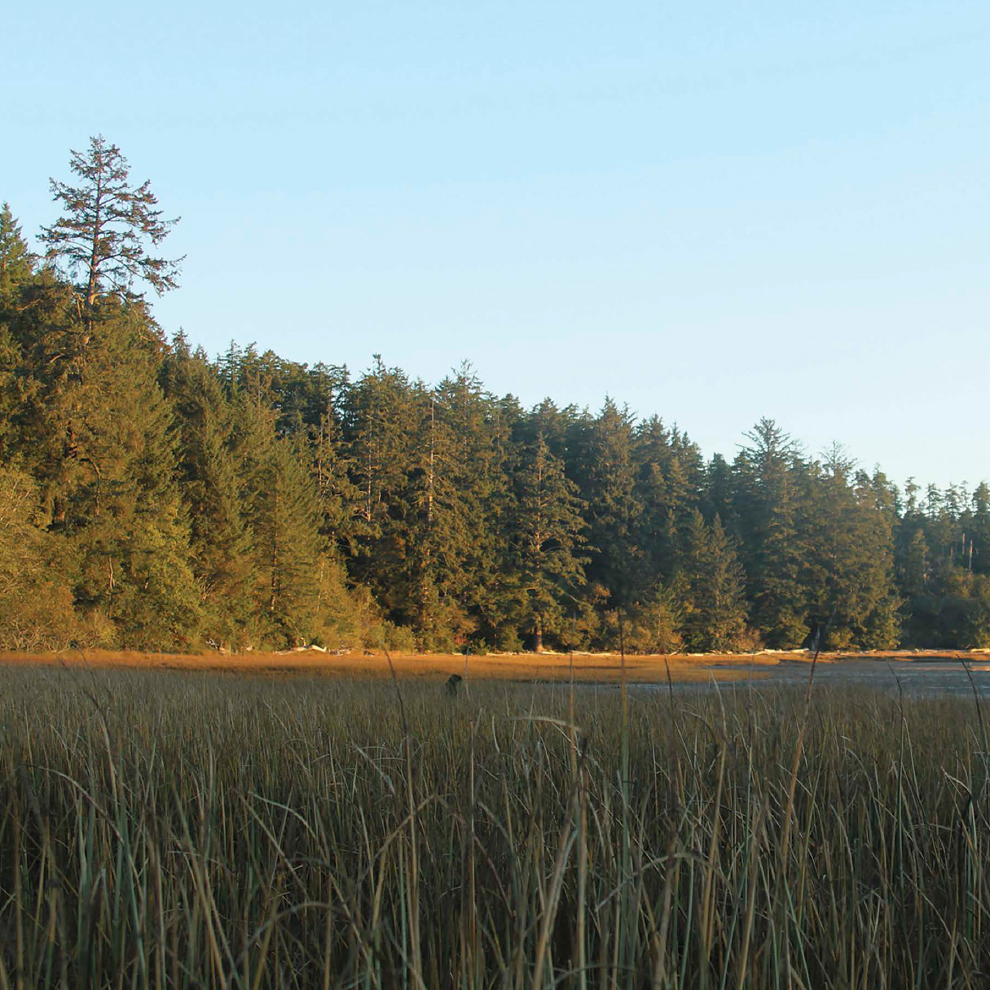

 The sun rises over the salt marshes on Nehalem Bay.
The sun rises over the salt marshes on Nehalem Bay.